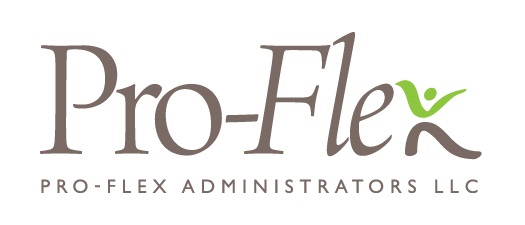Since we’re in an election year, the healthcare benefits marketplace is more under the microscope but also less likely to change in any dramatic way. The changes that do occur will be on the ground level, so to speak—in the HR departments at companies around the country and in the habits of healthcare consumers who want to maximize their benefit packages and their autonomy as a healthcare consumer.
Here are five of the healthcare benefits trends that we’re tracking in this increasingly consumer-centric space.
- Employers-turned-activists will encourage employees to consider onsite clinics, lower-cost sites of care, and virtual care.
With large employers looking at a 6 percent increase in healthcare costs this year, many are frustrated and seeking ways to proactively reduce costs. The Health Research Institute has outlined three ways that we can expect employers—or what they have termed “employer activists”—to try to pump the brakes on the medical cost trend this year:
-
- Employers will open and expand worksite clinics: 38 percent of large employers offered a worksite clinic in 2019, up from 27 percent in 2014. Many will also expand the services they offer to include primary care and other services.
- Employers and payers will nudge people toward lower-cost sites of care: Employees will be encouraged to explore healthcare via free-standing facilities, in-home care and telemedicine, especially if out-of-pocket costs are lower and quality and experience don’t suffer.
- Employees will truly start to act like consumers when it comes to their healthcare.
Healthcare will evolve to more consumer-centric than ever this year—that goes not just for those of us in the U.S. but for people around the world. Deloitte’s 2019 global healthcare consumer survey tracked the behaviors of people from Australia, Canada, Denmark, Germany, the Netherlands, Singapore, the U.S. and the U.K. The survey’s core finding: People are beginning to act more like consumers when shopping for healthcare.
The behaviors they tracked included consumers:
-
- Being proactive about health and using preventive care
- Willing to disagree with a clinician
- Willing to change doctors or health plans if unsatisfied with care or customer service
- Using technology and digital tools to improve/maintain health
- Willing to share data if properly incentivized
- Using tools/ratings to find the best quality of care and customer service
- Employers will stop ignoring the elephant in the boardroom—employees’ mental health.
The leading cause of disability globally? Depression. In America, one in five people suffer from mental health issues, with depression being the most common and most treatable of them. But because personal health has long been considered a private matter, it can be difficult for employers to know how to help their employees address their mental health.
One way they will do so in 2020 is by establishing employee assistance programs (EAPs) so employees can get help with a variety of needs, including substance abuse and financial wellness. According to Harvard Business Review, “By sharing [resources like EAPs] from time to time, your team members will see you as an enlightened manager. This increases the likelihood that they may approach you when they experience problems—and before these problems seriously compromise their work performance.”
Recently, EAPs have taken on greater importance as employers report concerns over workplace stress and employee burnout. Now is a great time to re-examine your existing EAP or add one to your wellness program.
- Employers will reintroduce choice by once more offering PPO plans, alongside CDH plans.
The number of employers offering only a consumer-directed health plan (CDHP) is expected to decrease, going from 30 percent in 2019 to 25 percent in 2020, per a National Business Group on Health survey.
Says SHRM, “Nearly 90 percent of large employers will sponsor CDHPs in 2020: 64 percent as one option among others and 25 percent as a full replacement for other types of plans.
At the same time, a larger percentage of employees are enrolling in CDHPs, which generally have lower premiums than other plan types, the survey revealed.
This year, the median participation rate in CDHPs, when offered, is 46 percent, up from 35 percent in 2018.”
- Employers will invest in better communication with employees about healthcare benefits.Realizing that many employees aren’t choosing the benefit plans that would most help them financially, both now and in the future, employers are investing in improving their employees’ healthcare literacy. Through our own research, we found that employees often make decisions about their healthcare plan very quickly and that they most need help understanding the difference among different health spending accounts, as well as the difference between plan options.
According to PWC, “Employees aren’t always taking advantage of the special carve-outs their employers are offering. In 2020, more employers will improve communication to help employees navigate the system and make the most of their benefits, aiming for an experience that is more seamless with the rest of the traditional health plan networks.”
The ROI on better communicating the value and details of benefits options to employees? With today’s skyrocketing healthcare costs, it may well be considerable.






